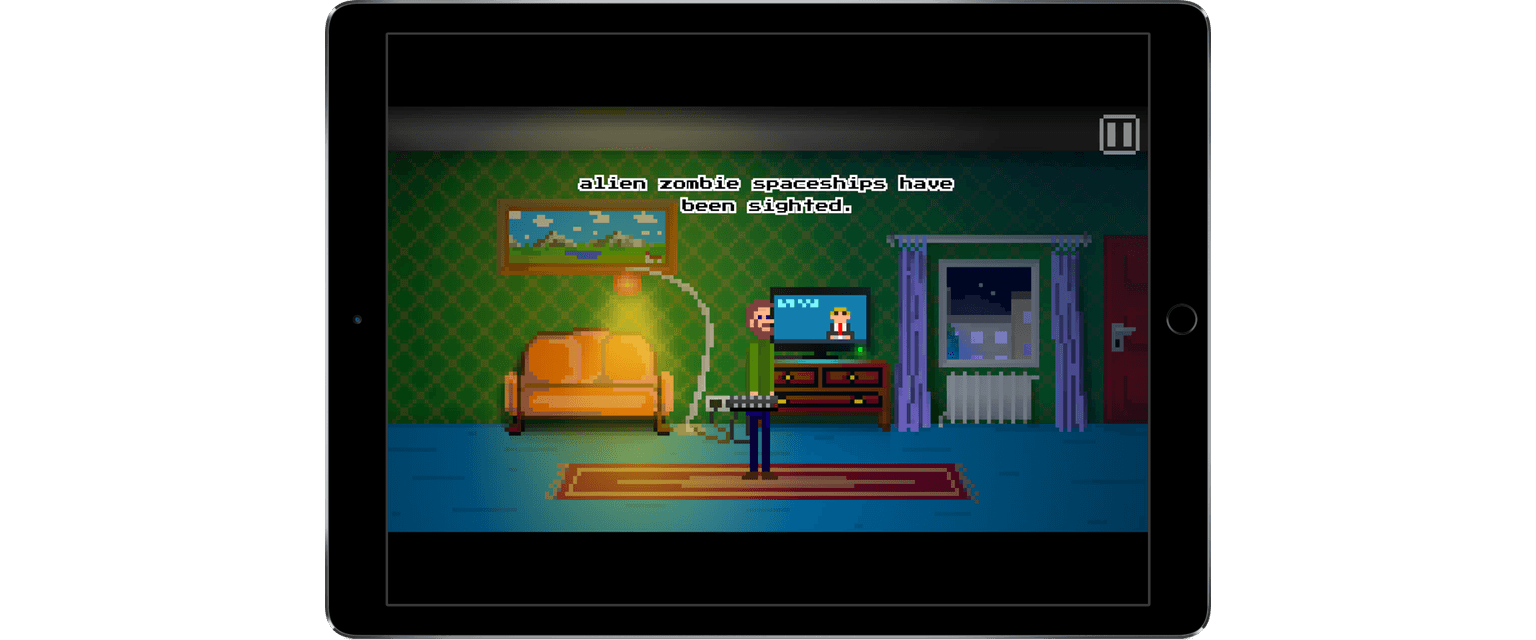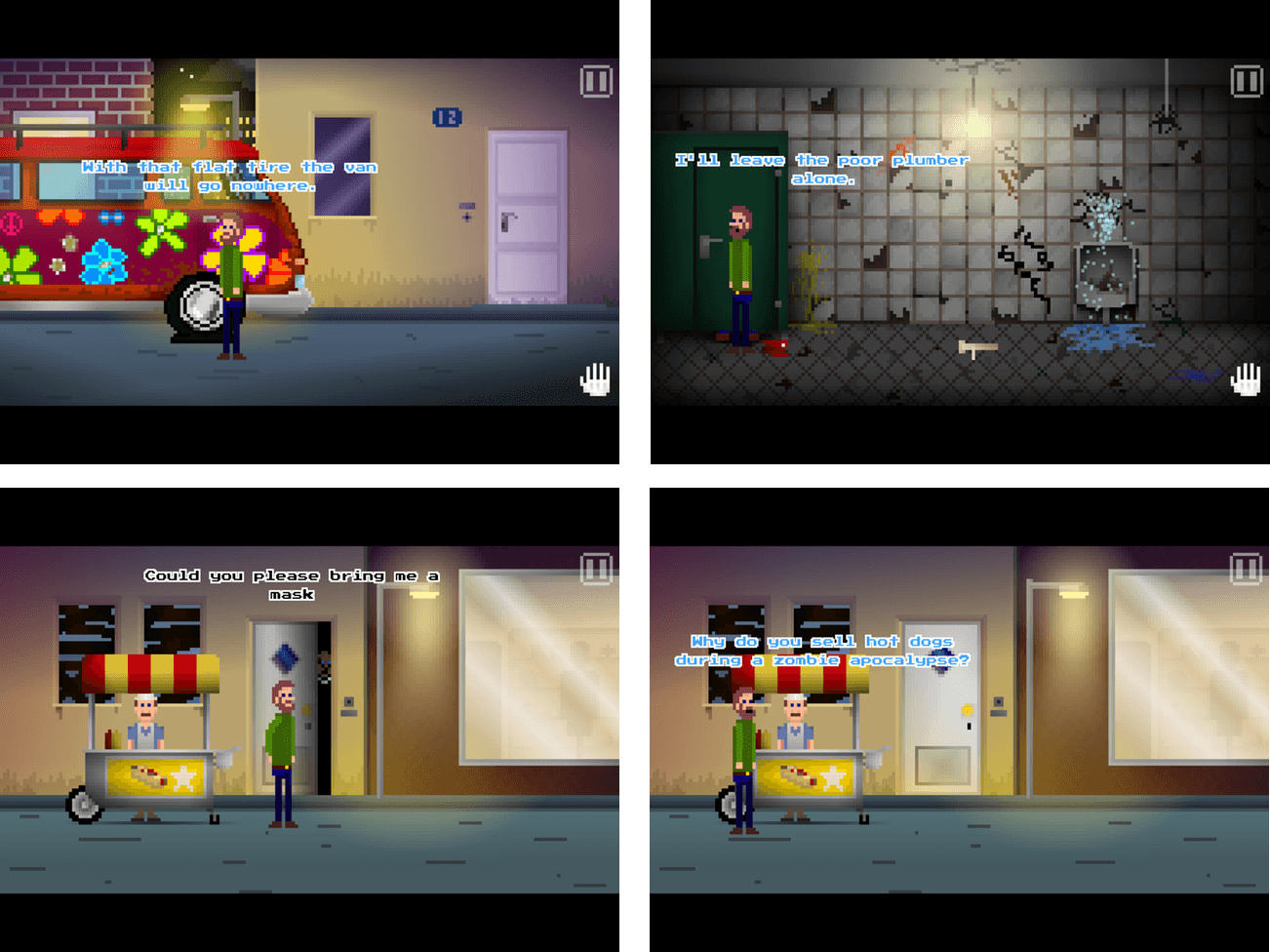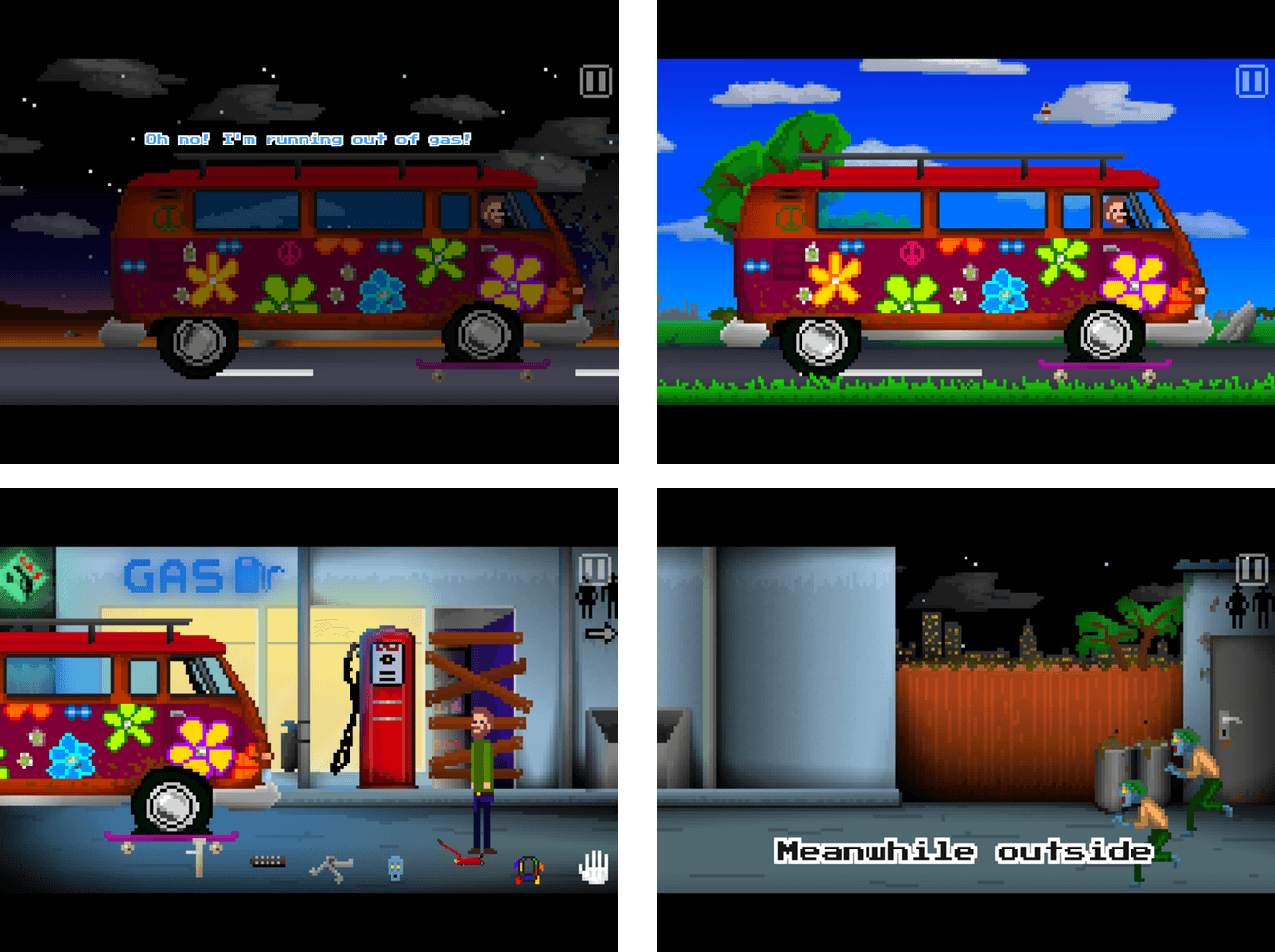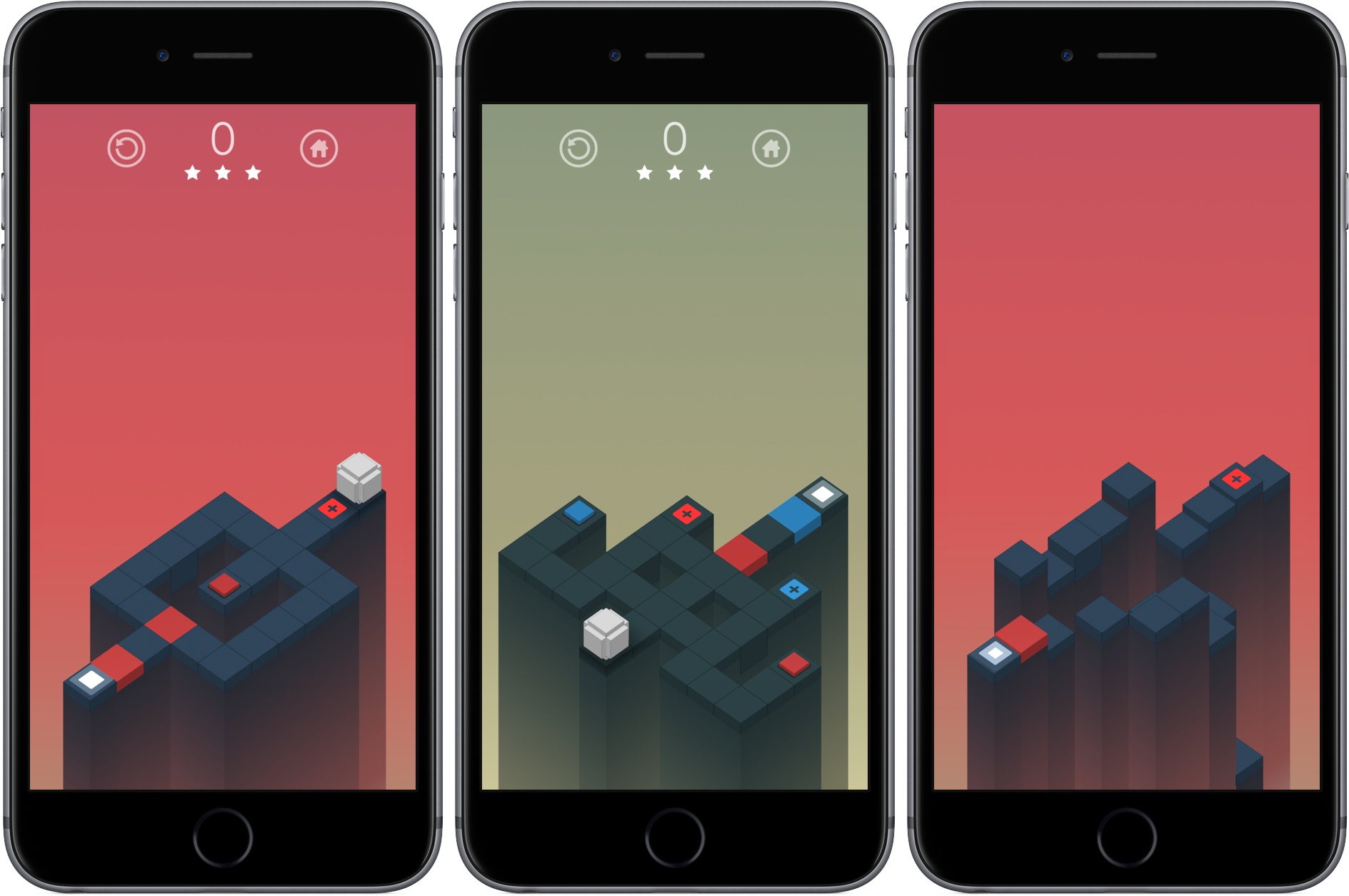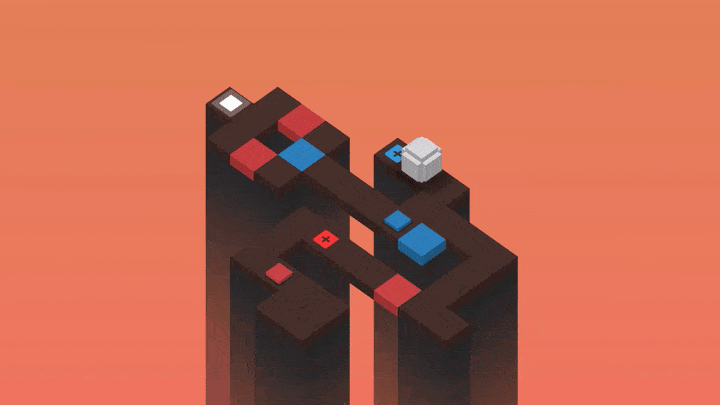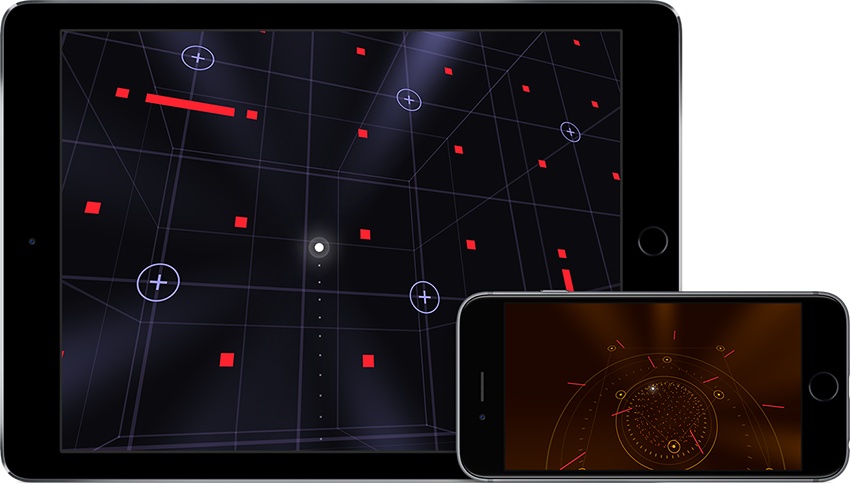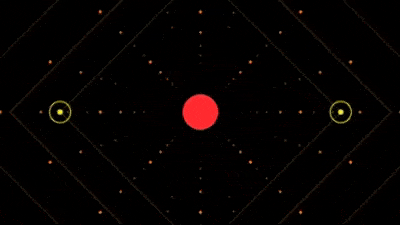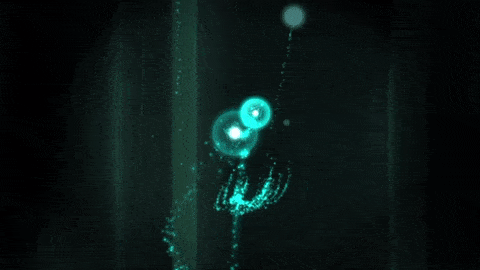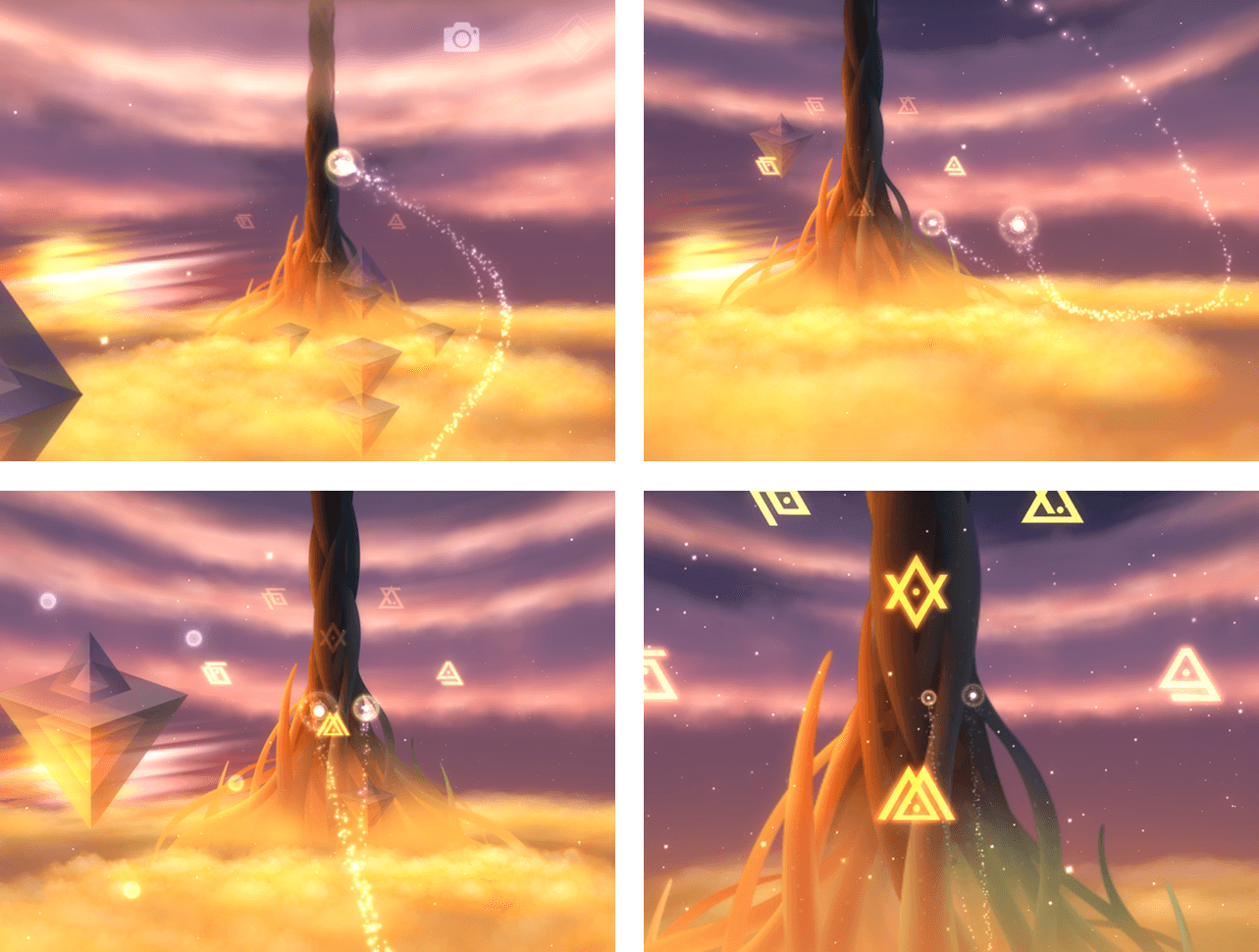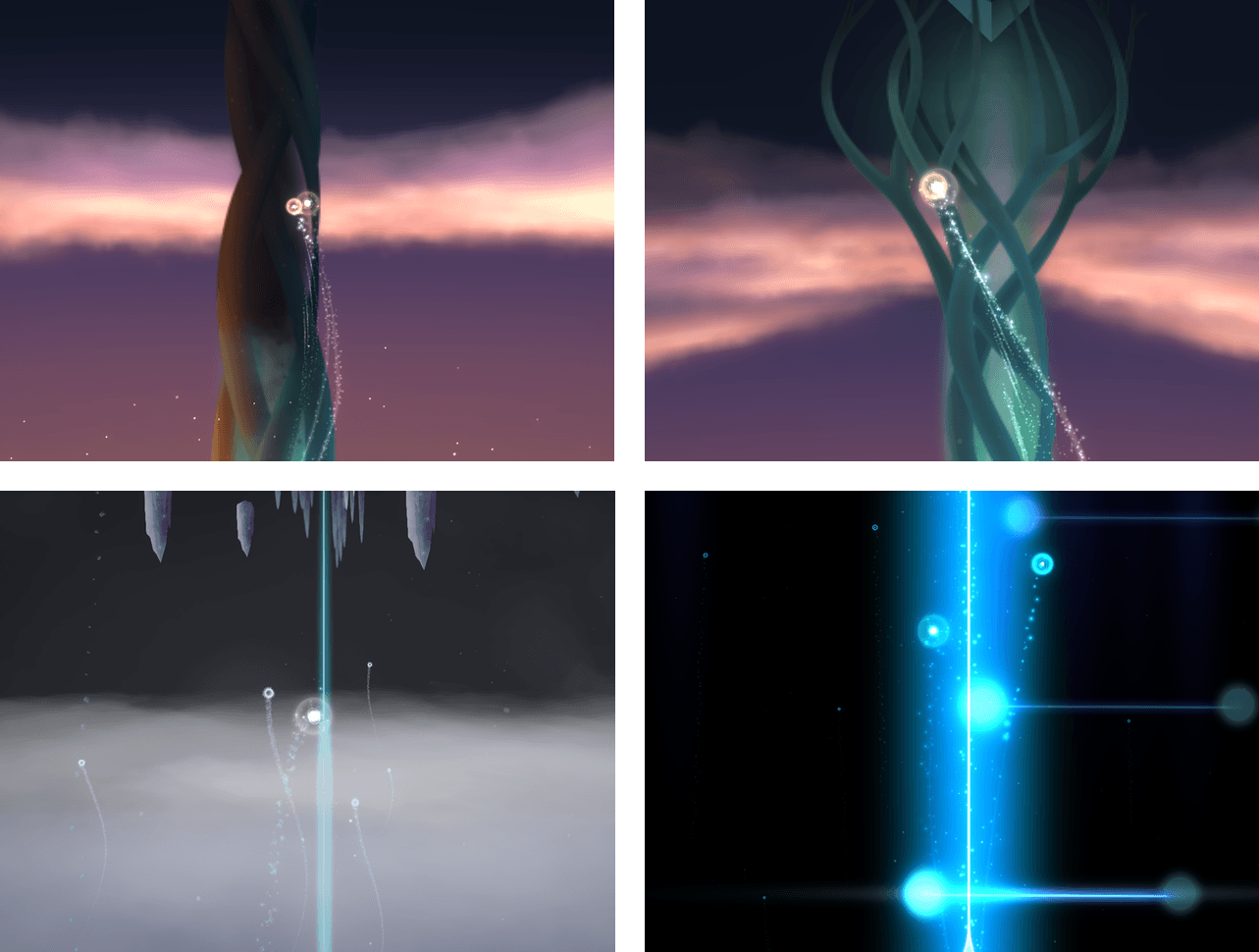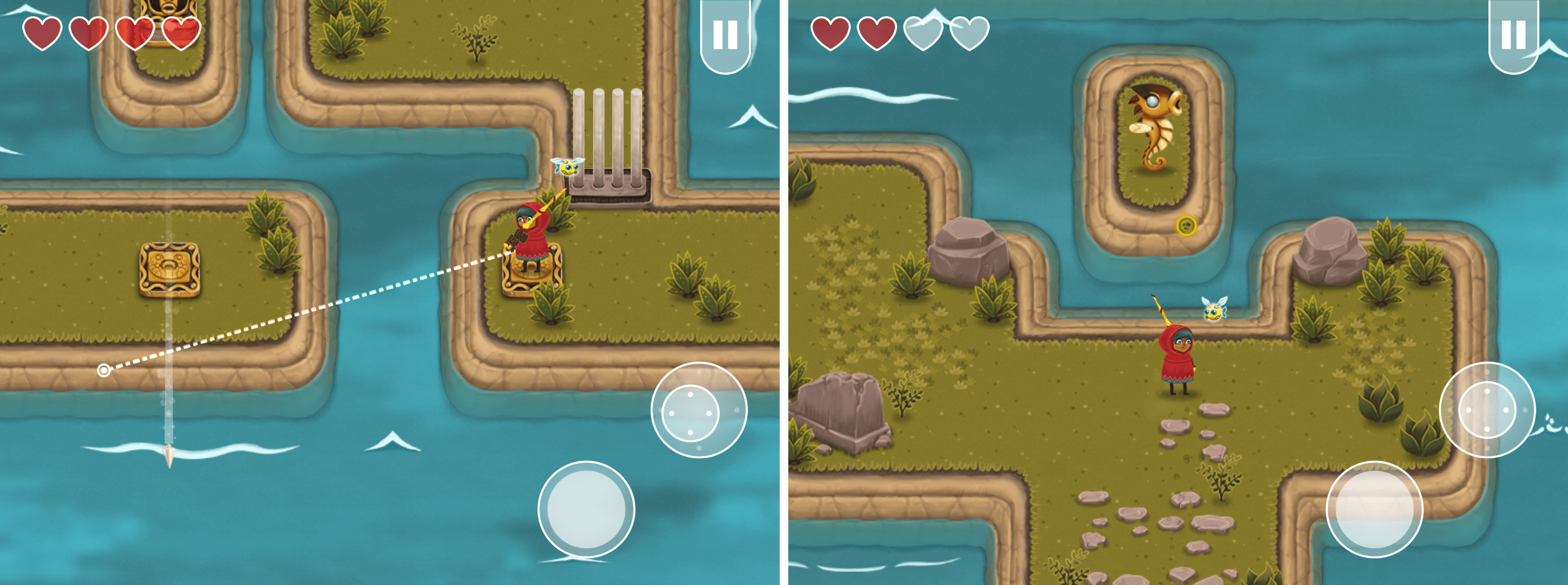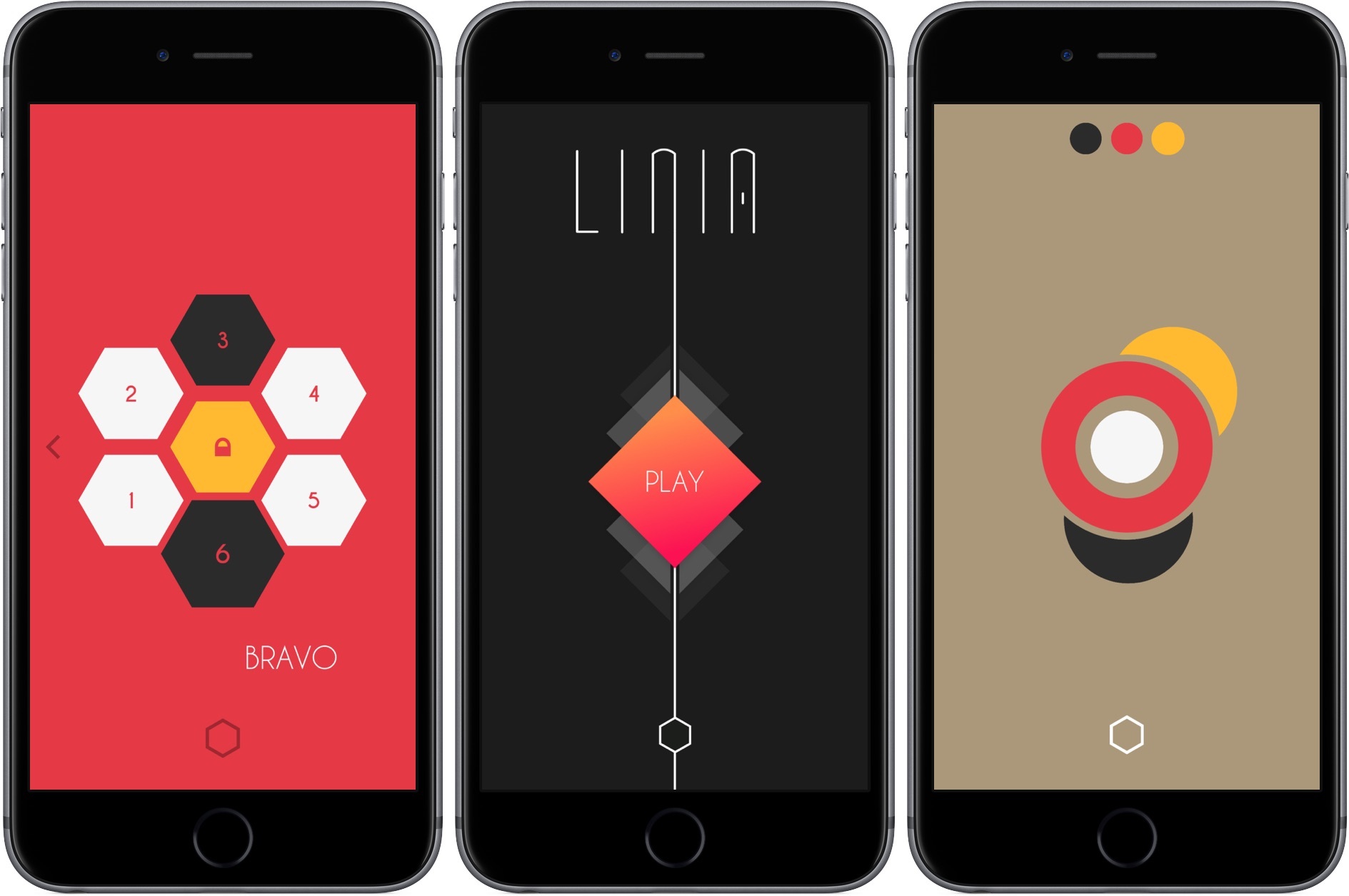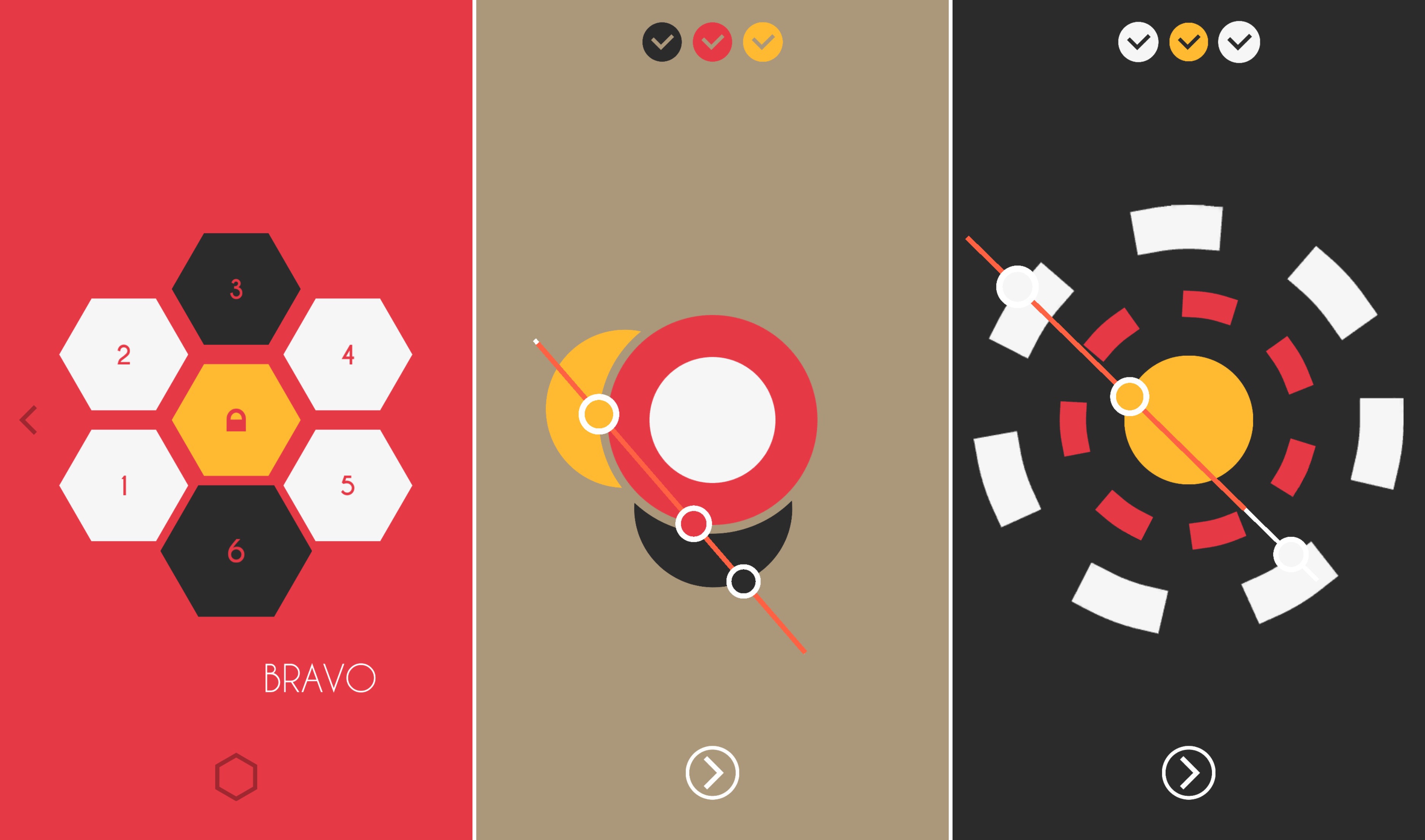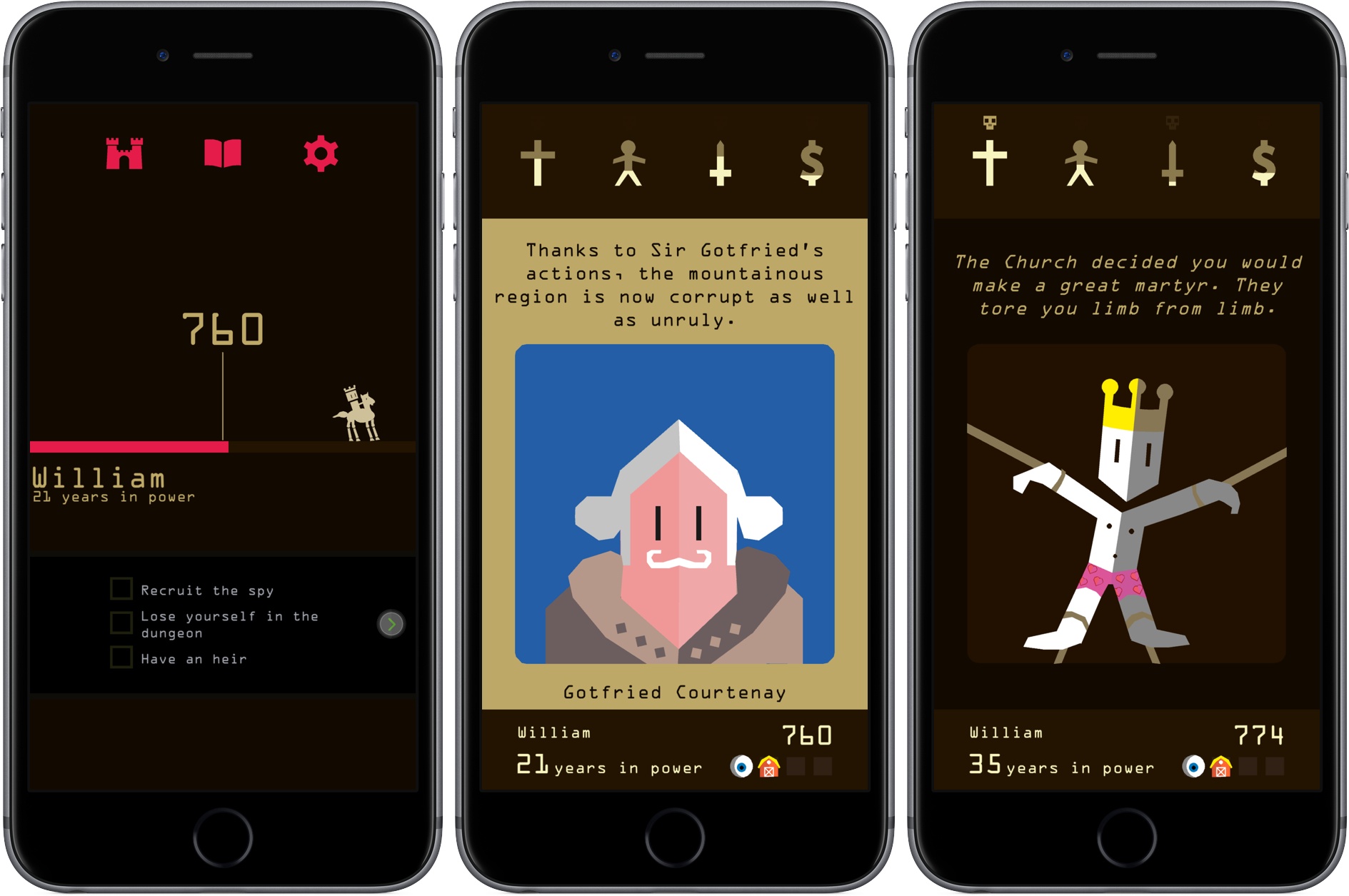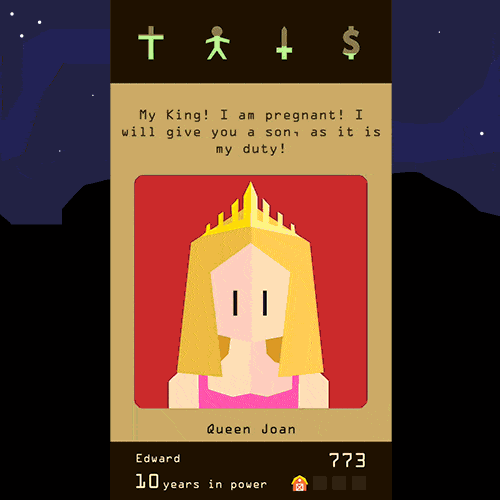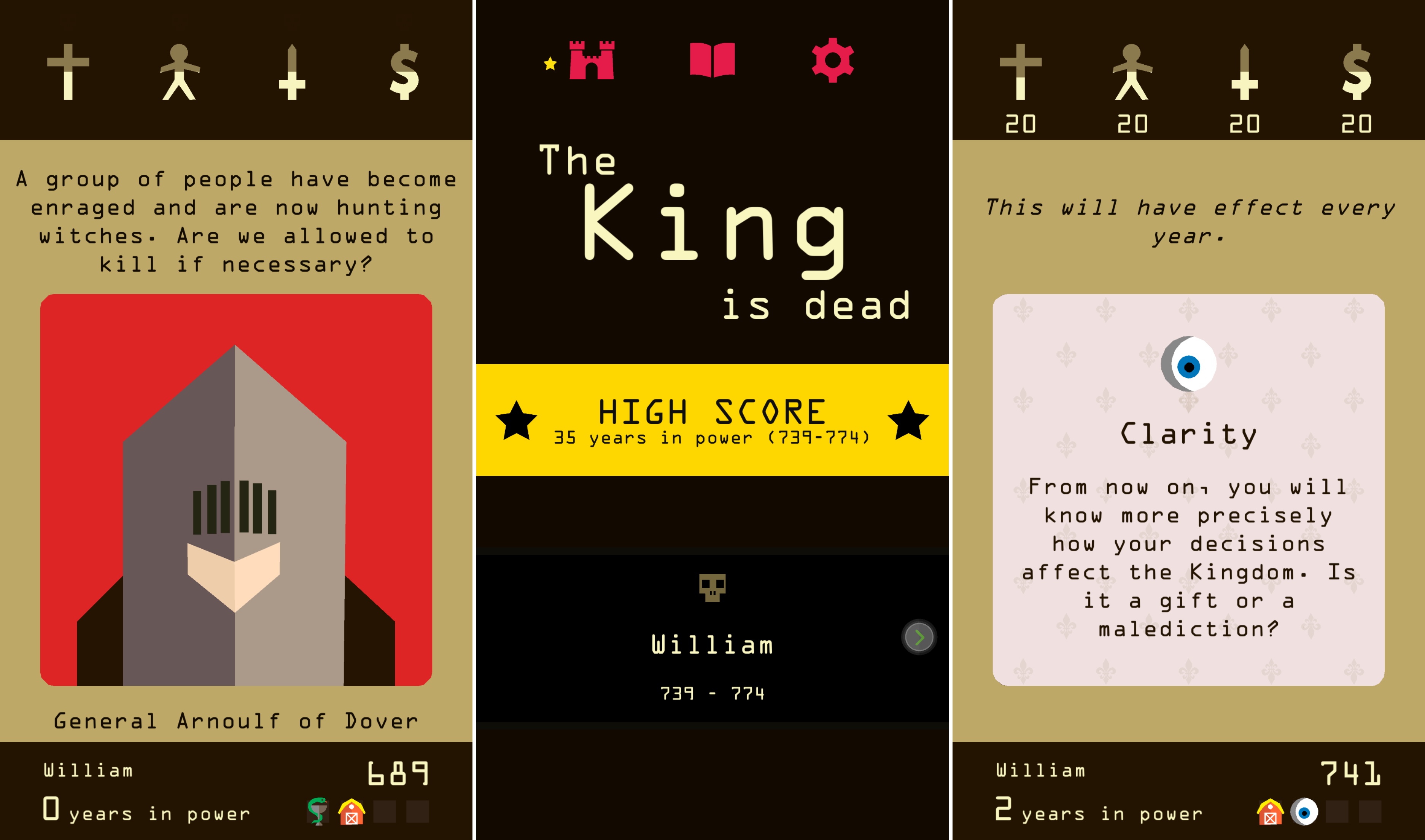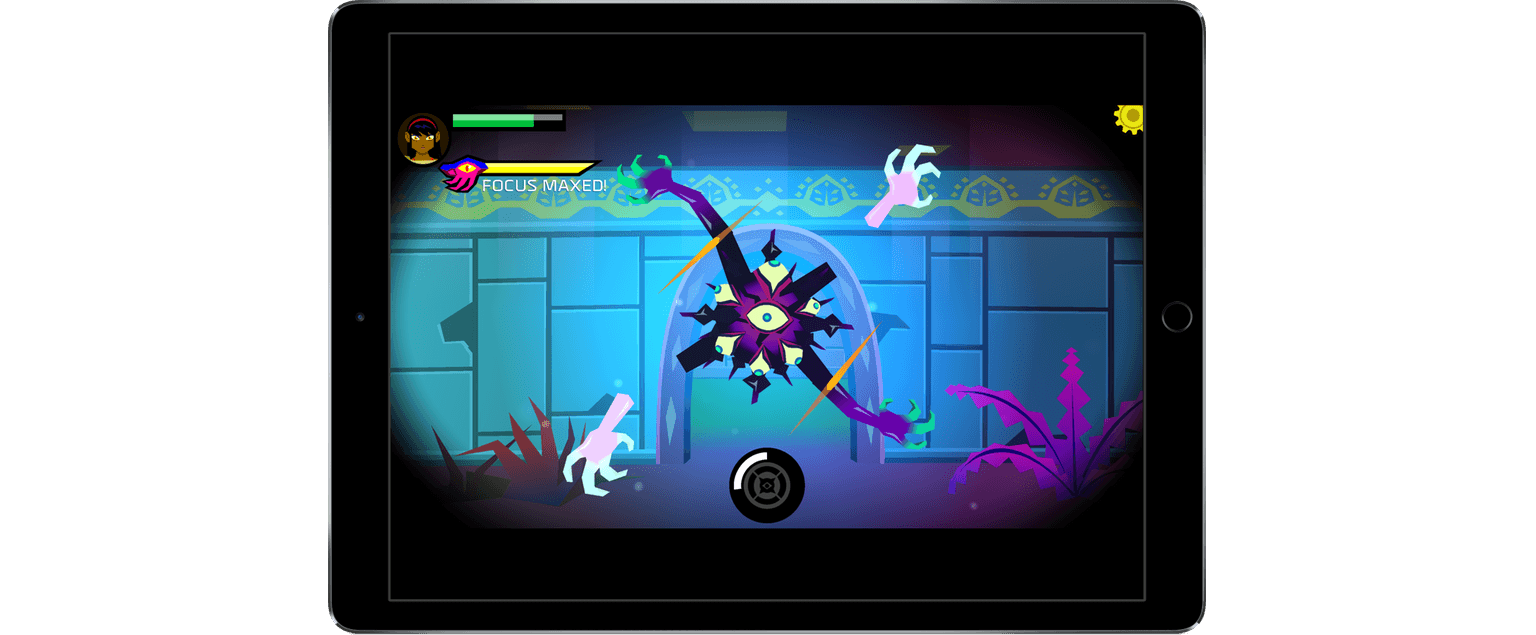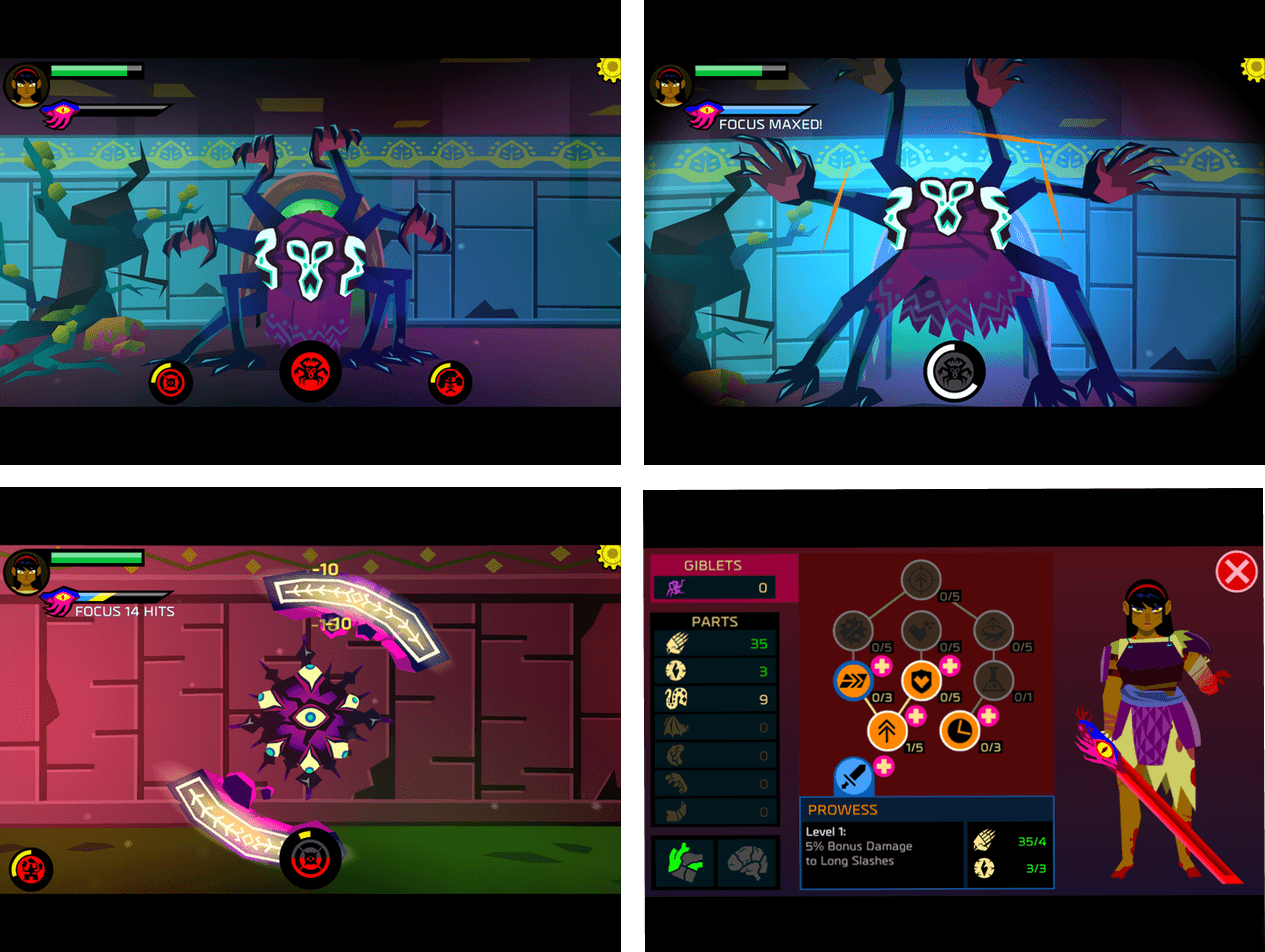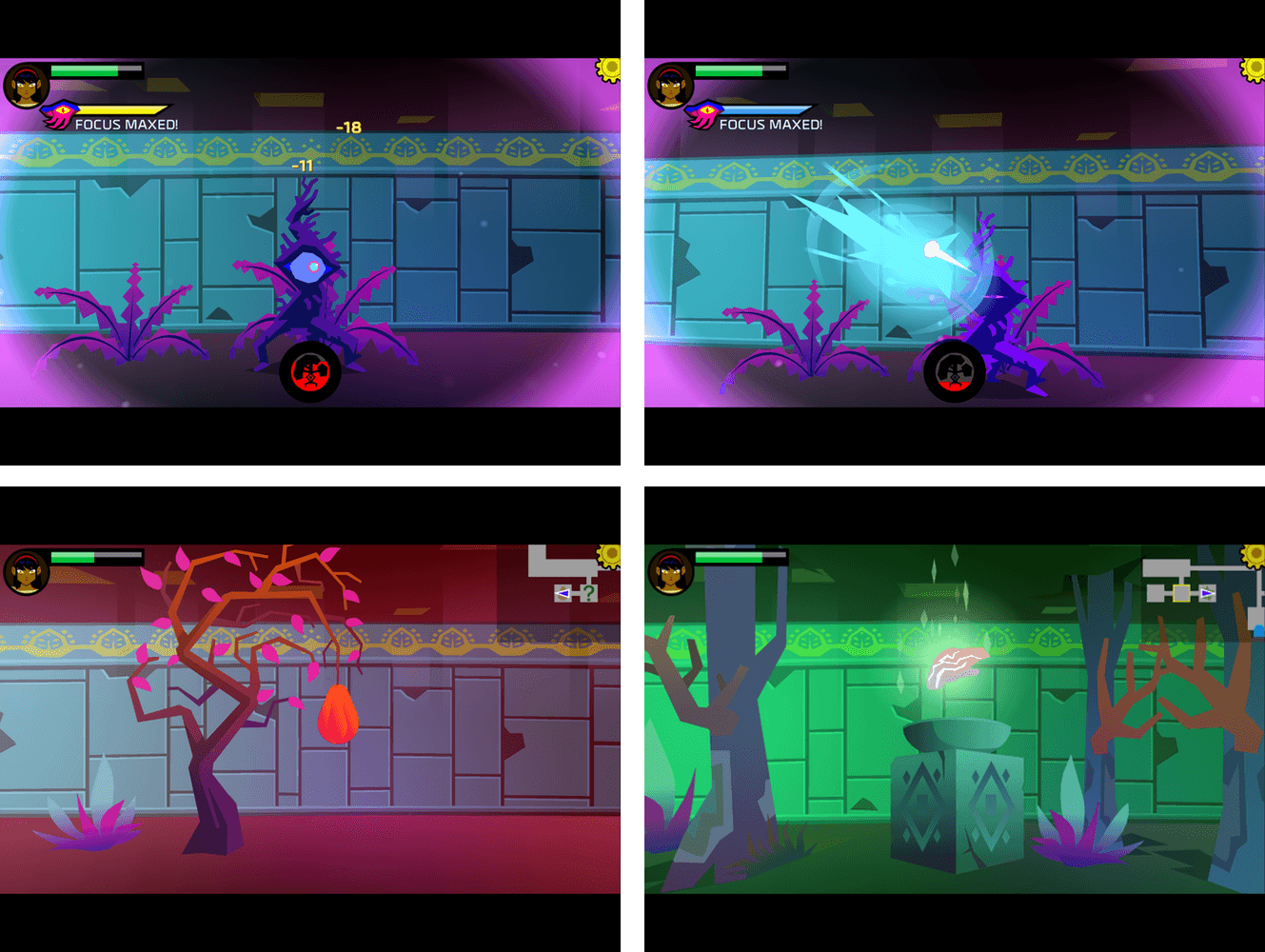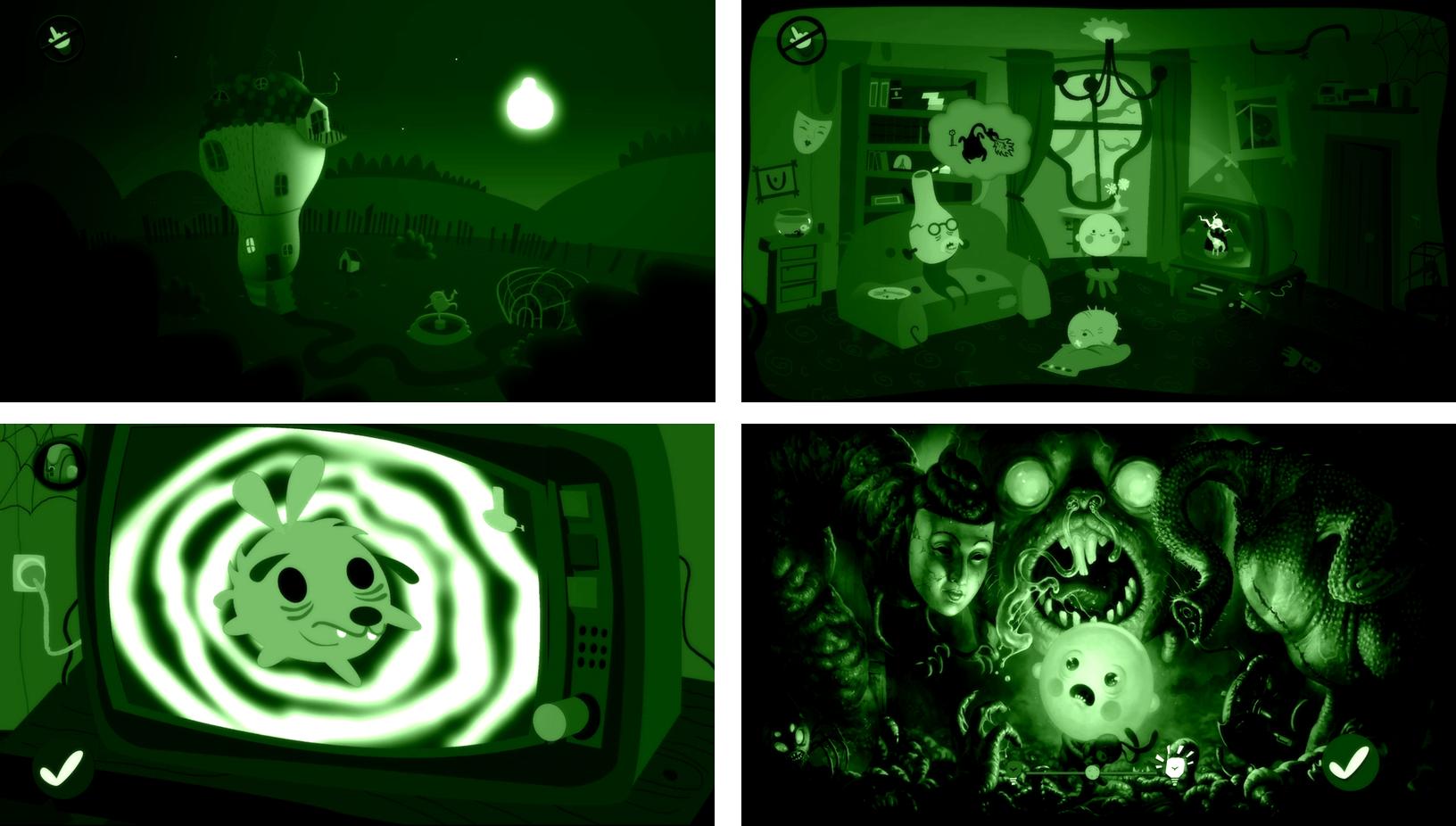Paul Pixel - The Awakening by Xoron GmbH is a classic adventure game reimagined for touch. The game is set in a post-apocalyptic world where alien space zombies have overrun the Earth. I felt like a change of pace this week and when I saw Paul Pixel, the combination of retro game art and zombies caught my eye. By and large the game delivers with a fun story, great artwork, chiptunes, and wry sense of humor, though it is fairly short and not difficult.
The story opens with zombies emerging from a spaceship before cutting to Paul Pixel’s home where the game begins. The first order of business is to escape the zombie-infested city, but ultimately, Paul must save the world. The mechanics of Paul Pixel are simple - tap where you want Paul to walk, tap things you want him to interact with or pick up, and tap a hand icon in the corner of the game to access your inventory.
In classic adventure game style, all of the dialogue in Paul Pixel is text-based. The dialogue is kept relatively short in most cases, with a touch of humor that helps to keep the text from getting tedious. If you tap a character and get the same interaction a second time though, it would be nice if there was a way to skip through the text more quickly.
The colorful pixel art of Paul Pixel is the handiwork of artist Paul Veer and adds a lot to the experience of the game. Because the pace of the game is relaxed, I enjoyed sitting back to absorb the vibrant colors and surprising detail of each scene. The soundtrack to Paul Pixel is solid too. In a fitting touch, all of the music was composed on an original Commodore C64 SID.
Paul Pixel does a great job of capturing the vibe of old-school adventure games, but with updated artwork and gameplay designed for touch. The release notes are up front about the fact that the game will only take 2.5 - 3 hours to play. Paul Pixel is also not that difficult, which may make this game a non-starter for some, but I have found that on balance, the story, humor, artwork, and soundtrack more than make up for its shortcomings.
According to the developers a Mac and Apple TV version of Paul Pixel will likely be made too, with the Apple TV version bundled with the iOS game at no additional cost. I can’t wait to see Paul Pixel on tvOS. The vivid artwork and chiptunes feel like they would be great on a TV and the simple game mechanics should work well with the Siri Remote.
Paul Pixel - The Awakening is available on the App Store for $1.99.


